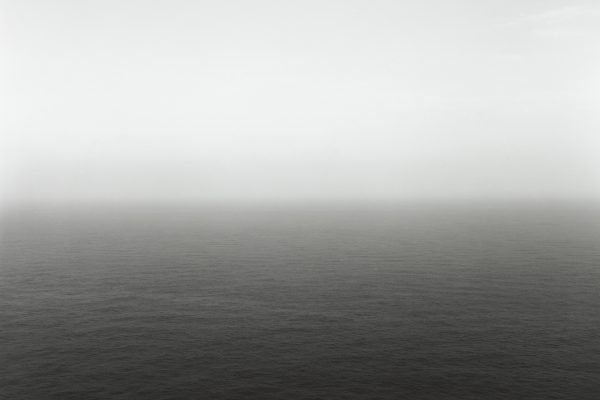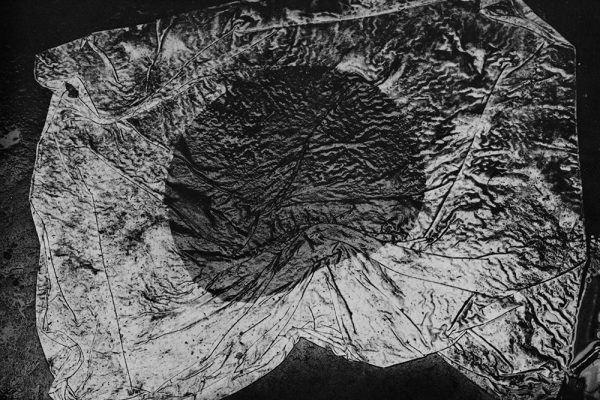I know, I did not write much in the last four weeks, but I was very busy recently and last week had to prepare my lecture for the symposium on Japanese Photography in Winterthur (see my previous post). The symposium was booked out, well organized and very interesting with topics from Japanese post war history to Japanese photobooks. Additionally great Japanese food – not the usual Sushi :-) – was served and DJane Hito provided a nice soundtrack to the party afterwards.
I am planning my to publish my lecture in the future, but it will take some time since it will be a part of a larger essay on contemporary Japanese photography. Anyway, below you will find my abstract for the symposium with some images I showed during my talk (in no particular order).
Continue reading →






